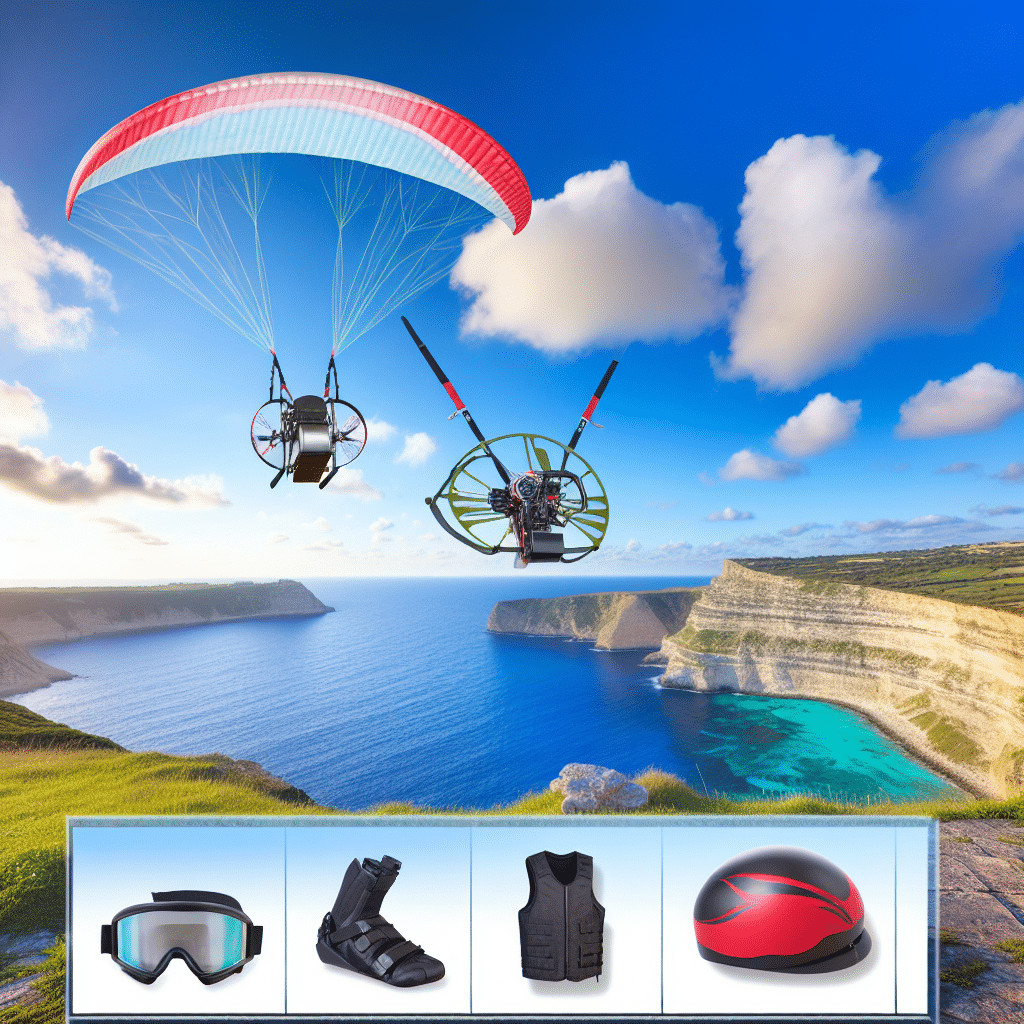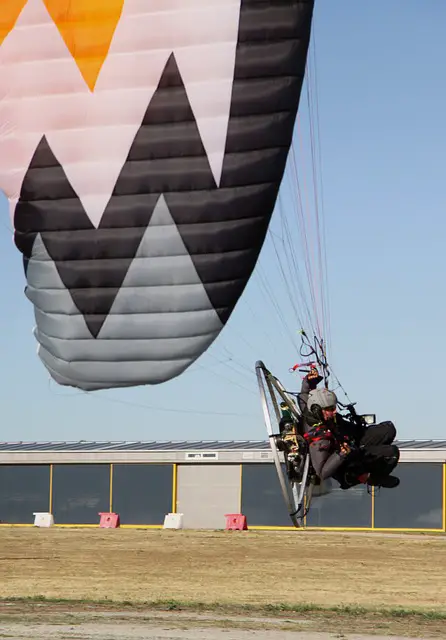Paramotoring is becoming increasingly popular as a leisure activity for adrenaline seekers worldwide. While the excitement of flying through the air is enticing, it is essential to be aware of the legalities involved. This article will guide you through the fundamental paramotoring laws to ensure your flying adventures are both exciting and legal.
What is Paramotoring?
A Brief Overview of Paramotoring
Paramotoring, also known as powered paragliding, involves a pilot flying a lightweight, motorized aircraft known as a paramotor. This unique form of aviation allows pilots to take off and land in small spaces, providing flexibility and convenience.
Is Paramotoring Legal?
General Legalities
Yes, paramotoring is legal in most countries. However, laws and regulations vary widely, so it’s crucial to research local regulations before taking to the skies. In many countries, paramotoring falls under ultralight aviation, which typically does not require a license. However, this doesn’t mean you can simply buy a paramotor and start flying. Most regions have rules around where and when you can fly, as well as safety requirements.
What are the Paramotoring Laws in the United States?
Federal Aviation Regulations (FAR)
In the United States, paramotoring is governed under FAR Part 103 – Ultralight Vehicles. Under these regulations, no pilot license is necessary, and no medical certificate is required. However, certain rules must be adhered to, including flying only during daylight hours, flying no higher than 400 feet above ground level in controlled airspace, and not flying over congested areas or open-air assemblies of people.
Local Restrictions
While the Federal Aviation Administration (FAA) regulates national airspace, local governments may have additional restrictions. For instance, certain cities or counties may prohibit flying over specific areas or require permits for launching and landing. It’s crucial to check with local authorities to understand these restrictions.
What are the Paramotoring Laws in the United Kingdom?
British Paramotoring Regulations
Just like in the U.S., paramotoring is considered an ultralight activity in the U.K, and it does not require a license. However, pilots must follow the Civil Aviation Authority (CAA) guidelines, including not flying within 500 feet of any person, vehicle, or structure and not flying in controlled or restricted airspace without permission.
Are There International Rules I Should Be Aware Of?
International Civil Aviation Organization (ICAO) Guidelines
While specific laws vary by country, the ICAO has guidelines for paramotoring. These include not flying over crowds, maintaining a safe distance from other aircraft, and using lights if flying at dawn or dusk.
How Can I Stay Informed About Paramotoring Laws?
Resources for Continued Learning
As a paramotor pilot, it’s paramount to stay informed about current laws and regulations. Join local and international paramotoring organizations, subscribe to relevant newsletters, and regularly check governmental aviation websites. The more you know, the safer and more enjoyable your paramotoring experience will be.
In summary, while paramotoring offers an exhilarating way to experience the skies, it’s essential to understand and comply with local, national, and international laws. Happy and safe flying!




